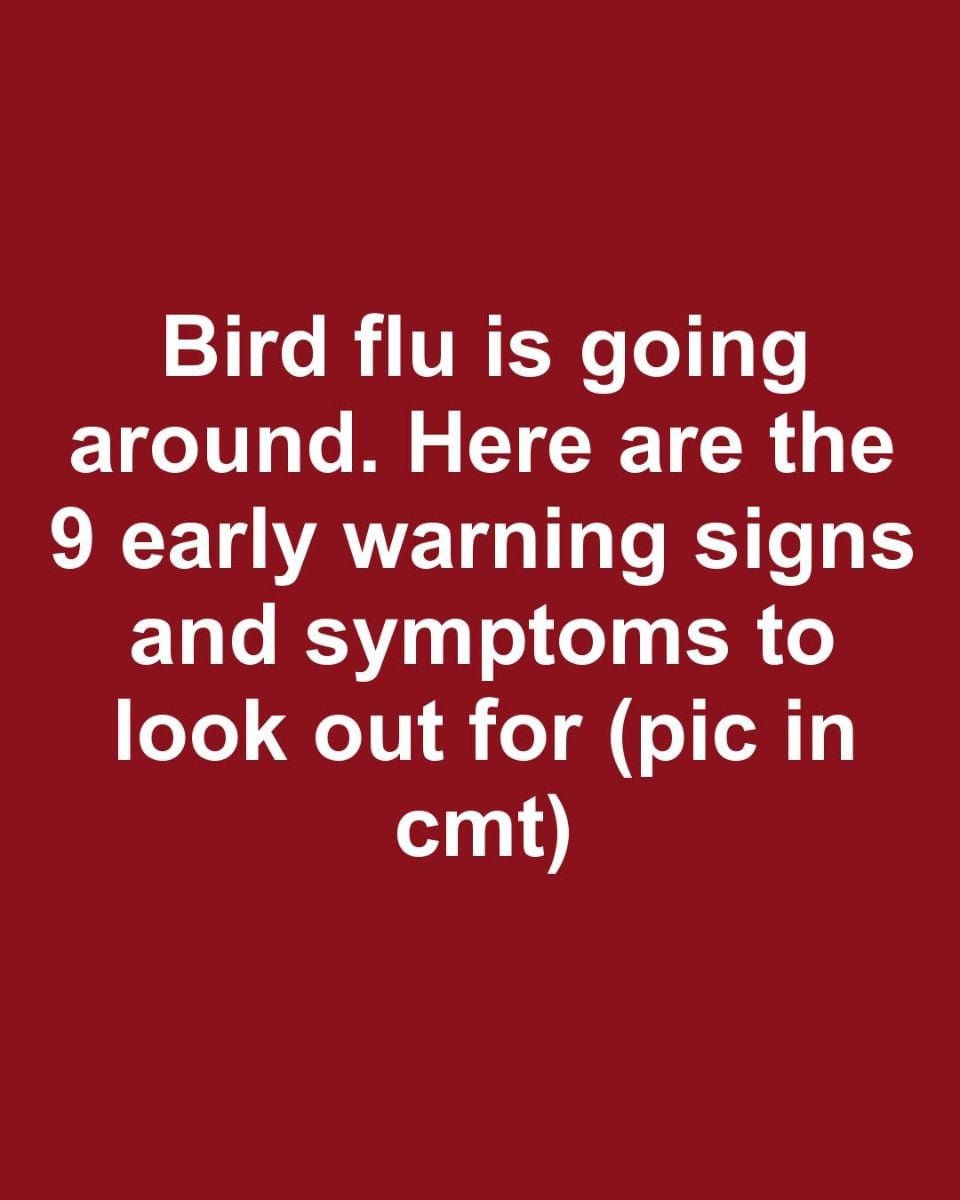Bird flu, or avian influenza, is a viral infection that primarily affects birds but can also infect humans and other animals. The virus has several strains, with H5N1 and H7N9 being the most dangerous to humans, often resulting in severe illness. Outbreaks of bird flu have been reported globally, leading to significant economic losses due to the culling of poultry and trade restrictions. Understanding bird flu and its potential to cause pandemics is vital for global public health preparedness.
The virus spreads mainly through direct contact with infected birds or their secretions, such as saliva, nasal fluids, and feces. It can also be transmitted via contaminated surfaces like bird cages, clothing, or farm equipment. While human-to-human transmission is rare, close contact in specific settings can increase the risk. Migratory birds play a significant role in spreading the virus across regions, making outbreaks challenging to contain. Implementing strict biosecurity measures in
